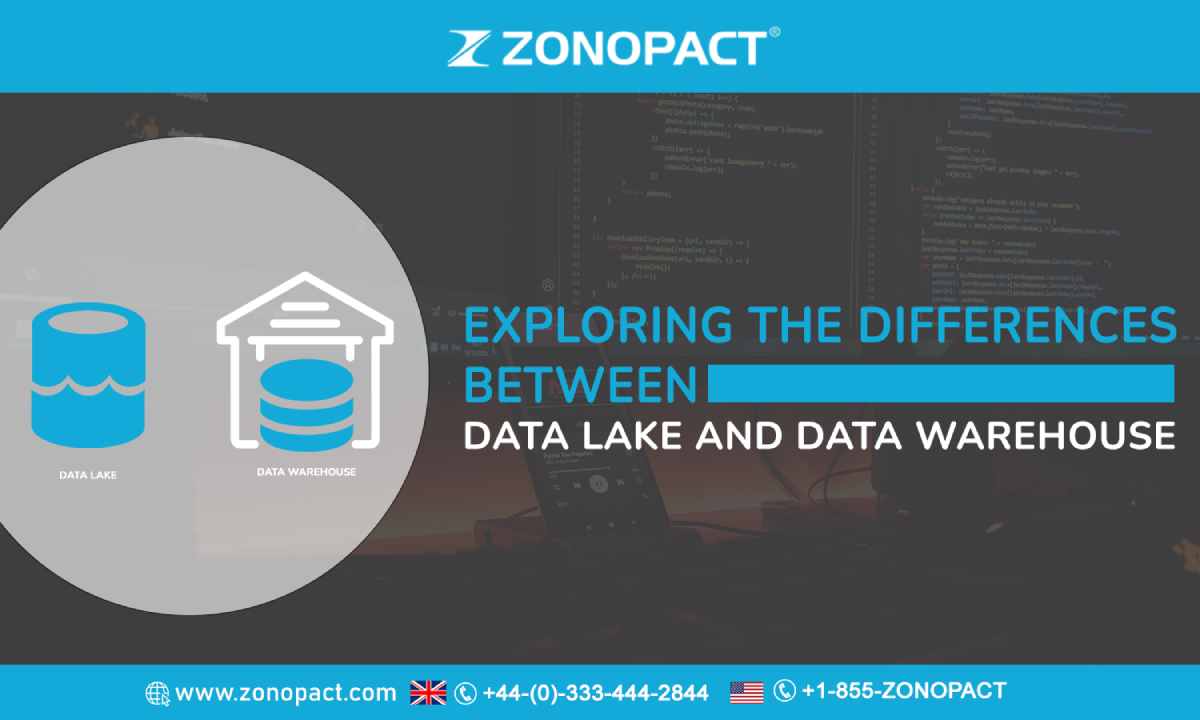
In today’s world, data is king. Organizations of all shapes and sizes rely on data to inform decisions, optimize processes, and gain competitive advantages. As such, it is essential for organizations to develop an understanding of data storage models and how to best leverage them for business success. Two of the most commonly used data storage models are data lakes and data warehouses. Both models have their advantages and disadvantages, and it is essential to understand the differences between the two before making a decision on which one is best for an organization. In this article, we will explore the differences between data lakes and data warehouse so that business leaders can make the best possible decision for their organizations.